


Exploring Hip Lick #9
You are unauthorized to view this page.
Exploring Hip Lick #10
You are unauthorized to view this page.
Exploring Hip Lick #11
You are unauthorized to view this page.

by musictech | Oct 4, 2020 | SAXOPHONE TRAINING, TECHNIQUE
You are unauthorized to view this page.


by musictech | Oct 4, 2020 | Bebop, HIP LICKS, VOCABULARY
You are unauthorized to view this page.
by musictech | Oct 4, 2020 | HIP LICKS, VOCABULARY
You are unauthorized to view this page. Hip Licks for Trumpet iPhone / iPad App
$13.99
Hip Licks for Trumpet iPhone / iPad App
$13.99
 Jazz Studios designer T-Shirt (Size XX-Large)
$24.95
Jazz Studios designer T-Shirt (Size XX-Large)
$24.95
 Jazz Studios designer T-Shirt (Size X-Large)
$24.95
Jazz Studios designer T-Shirt (Size X-Large)
$24.95
 Jazz Studios designer T-Shirt (Size Large)
$24.95
Jazz Studios designer T-Shirt (Size Large)
$24.95
 Hip Licks for Guitar iPhone / iPad App
$13.99
Hip Licks for Guitar iPhone / iPad App
$13.99
 Jazz Studios designer T-Shirt (Size Small)
$24.95
Jazz Studios designer T-Shirt (Size Small)
$24.95
 Hip Licks for Alto Sax Vol 2 iPhone / iPad App
$12.99
Hip Licks for Alto Sax Vol 2 iPhone / iPad App
$12.99
 Hip Licks for Tenor Sax Vol 2 iPhone / iPad App
$12.99
Hip Licks for Tenor Sax Vol 2 iPhone / iPad App
$12.99
 Hip Licks for Tenor Sax Vol 1 iPhone / iPad App
$12.99
Hip Licks for Tenor Sax Vol 1 iPhone / iPad App
$12.99
 Hip Licks for Alto Sax Vol 1 iPhone / iPad App
$12.99
Hip Licks for Alto Sax Vol 1 iPhone / iPad App
$12.99
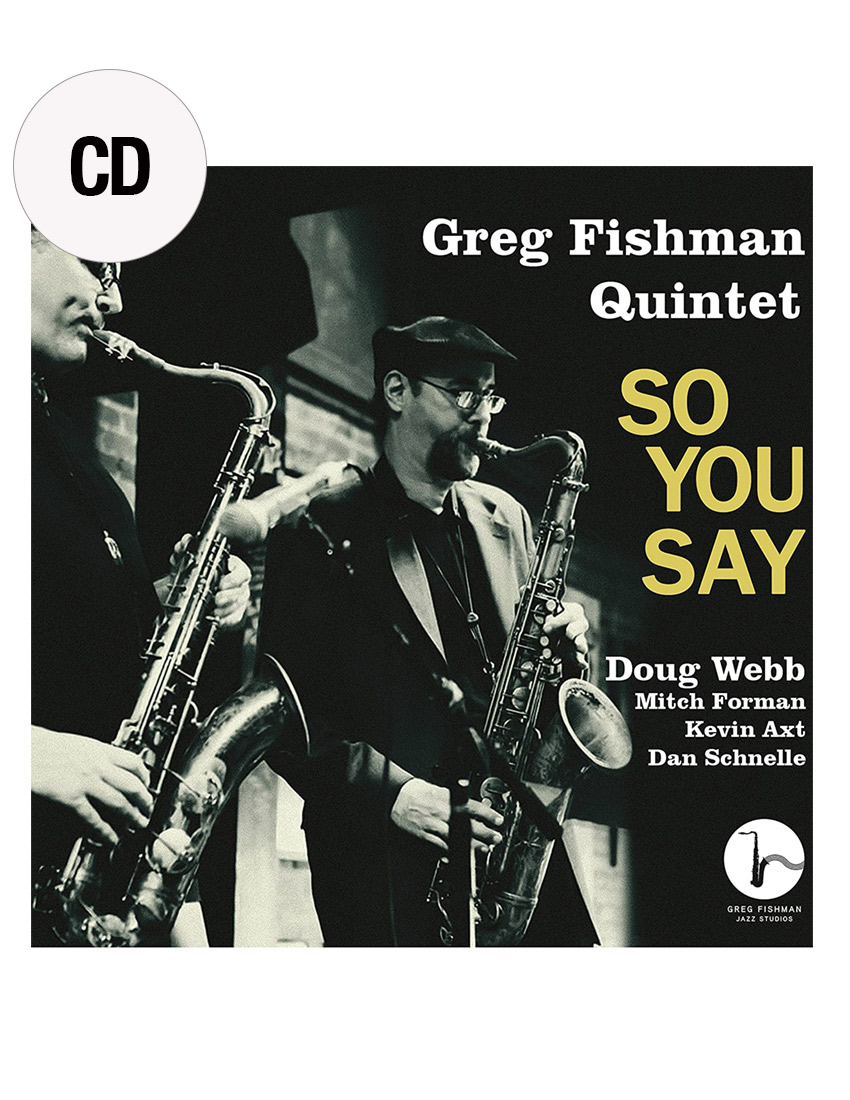 So You Say
$14.95
So You Say
$14.95
 10 Skype Lesson Pack
$1,100.00
10 Skype Lesson Pack
$1,100.00
 5 Skype Lesson Pack
5 Skype Lesson Pack
 3 Skype Lesson Pack
$360.00
3 Skype Lesson Pack
$360.00
 1 hour Skype Lesson
1 hour Skype Lesson
 Jazz Studios designer T-Shirt (Size medium)
$24.95
Jazz Studios designer T-Shirt (Size medium)
$24.95
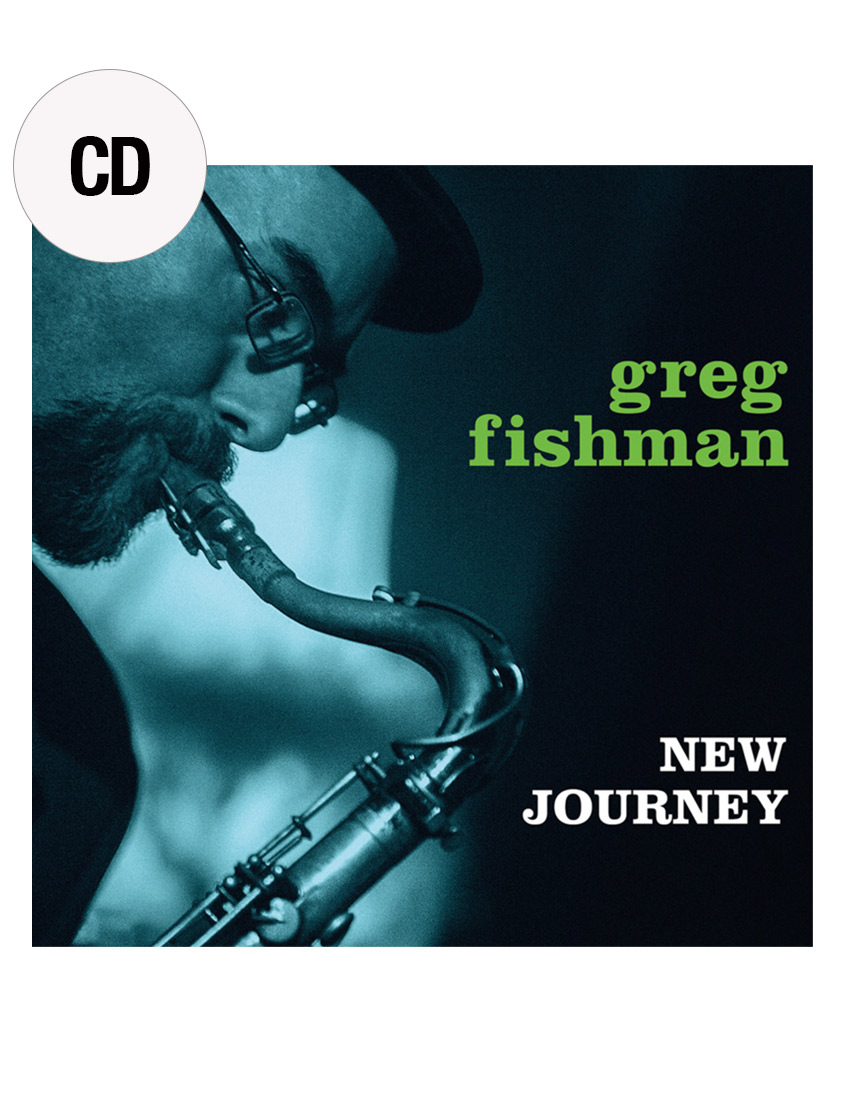 New Journey
$16.95
New Journey
$16.95
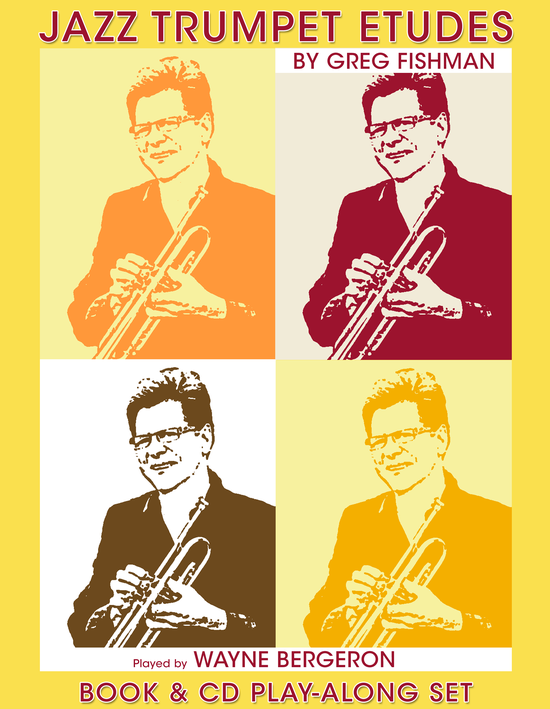 Jazz Trumpet Etudes
$24.95
Jazz Trumpet Etudes
$24.95
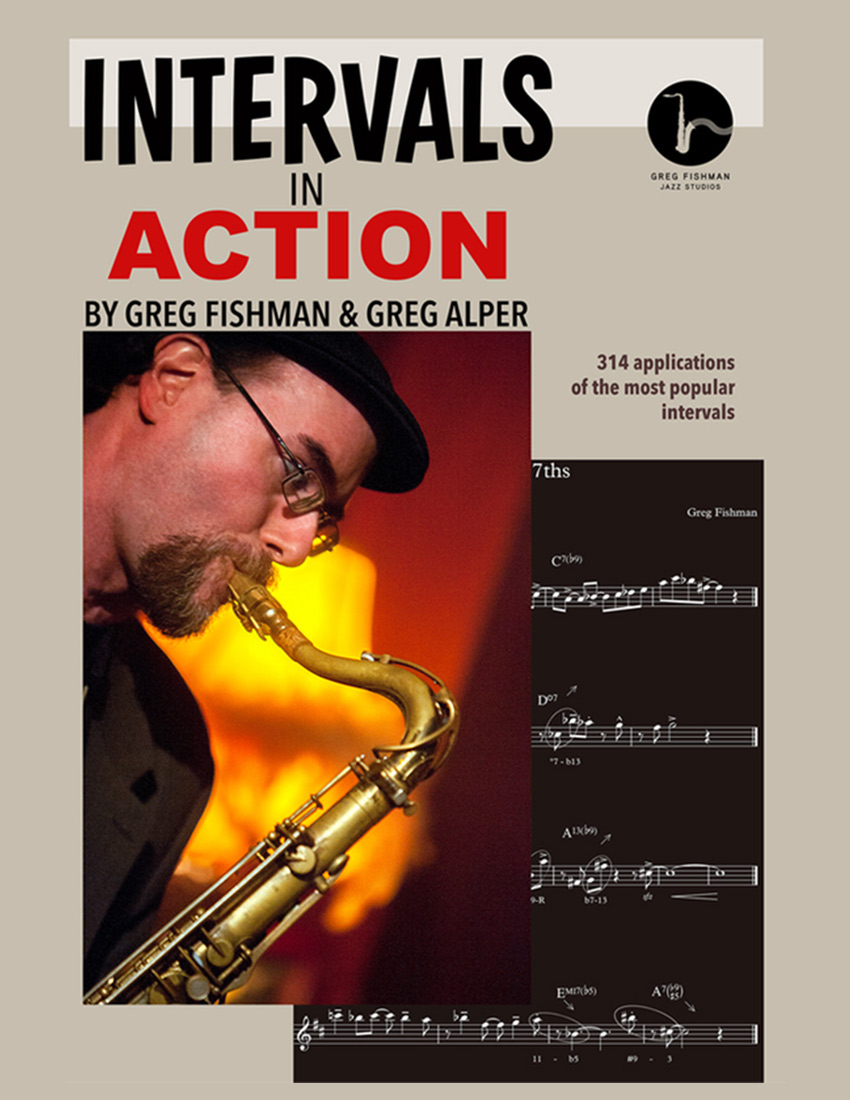 Intervals in Action
$24.95
Intervals in Action
$24.95
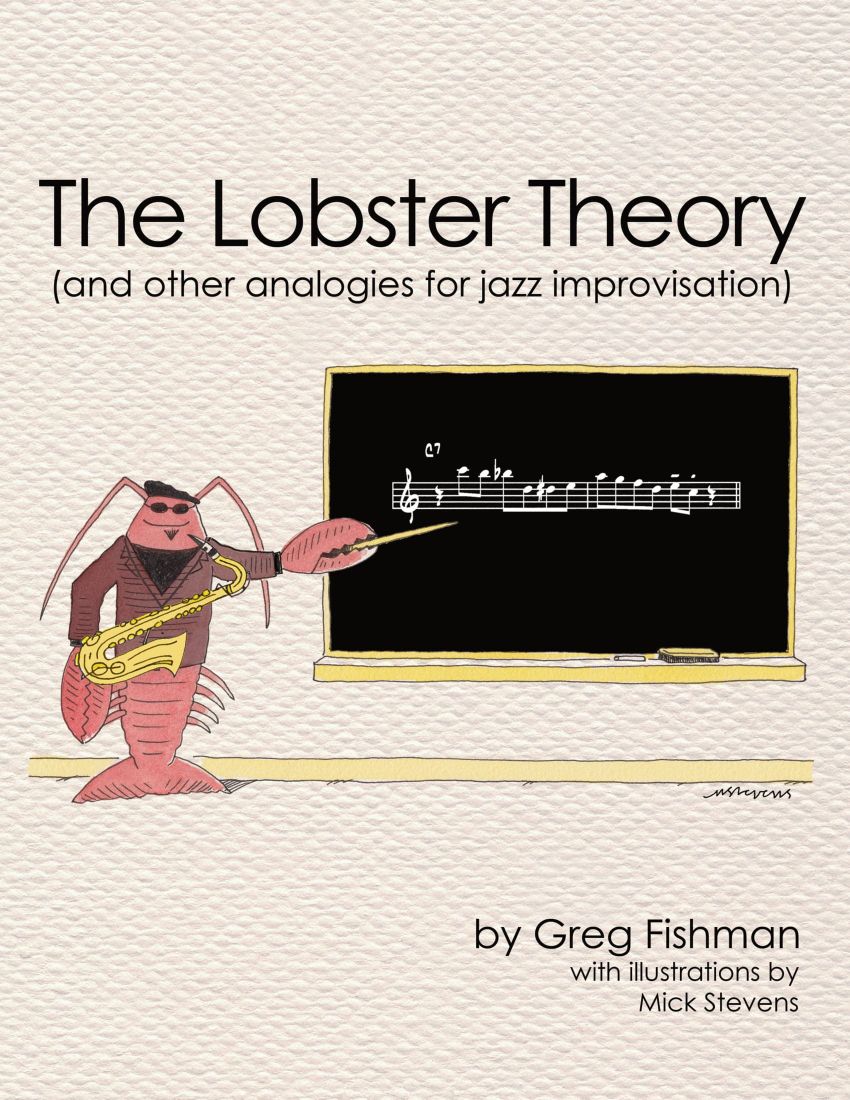 The Lobster Theory (and other analogies for jazz improvisation)
$29.95
The Lobster Theory (and other analogies for jazz improvisation)
$29.95
LESSON 1: Exploring Hip Lick #9
In this video lesson, I explore Hip Lick #9, extending the lick with the same ii / V chords, as well as making the lick resolve to a I maj7 chord. I also demonstrate the effect of starting the lick in four different locations; beats 1,2,3 & 4. In addition, I also demonstrate the lick in 12 keys. Includes detailed PDF practice notes for Bb, Eb & C instruments. INTERMEDIATE LEVEL.
LESSON 2: Major II V I vs. minor II V I – Apples to Apples Comparison
In this video lesson, I’ll give you an “apples-to-apples” comparison of a line played over a major ii / V / I and then that same line, harmonically adapted to fit a minor ii / V / i. If you’ve ever felt unsure about the sound of the minor ii / V / I, this video will put things clearly into focus. Includes detailed PDF practice notes for Bb, Eb and C instruments. INTERMEDIATE LEVEL.
LESSON 3: Bebop line over the bridge of “I Got Rhythm” from Two Voice-leading Lines
In this video lesson, I show you how I constructed a Bebop eighth-note line over the bridge of “I Got Rhythm,” using two voice-leading lines to nail the changes. Next time you’re playing “Oleo,” play this line on the bridge, and you’ll hear how clearly this approach outlines the changes. In the lesson, first I’ll play the eight-measure line for you and then I’ll deconstruct it, going step-by-step through the process I used to construct the line. Some very good and practical information about using the Bebop scale in this lesson, as well. Includes detailed PDF practice notes for Bb, Eb and C instruments. INTERMEDIATE LEVEL.
LESSON 4: Palm Key Hand Position Exercise
In this video lesson, I share my system for fixing years of poor palm key finger positioning. Most intermediate players, or even advanced players with poor left-hand palm key technique, tend to play with flat, straight fingers when it comes to playing the palm keys.
This causes a lack of fluency when switching between the palm keys and the lower range of the horn. In order to achieve fluency of technique, you will need to keep the fingers as curved as possible while pressing the palm keys. This lesson presents a three-step approach to gaining control over the palm keys.
There are no PDF notes with this lesson, as it’s best that you watch the video and imitate the moves on your horn. INTERMEDIATE & ADVANCED LEVEL.
LESSON 5: Listening Recommendation: Stan Getz – Focus
This Stan Getz masterpiece from 1961 is simply like no other record. This was Stan’s own favorite album of all of his many wonderful recordings. It’s a suite of seven pieces with a string orchestra, composed and arranged by the great Eddie Sauter.
Stan’s part is completely improvised, and the freshness and searching quality of his improvisations make this a truly unique classic. It’s not “straight-ahead,” though. Sort of a hybrid between jazz and classical. Highly recommended.
I have played all of the chords on the piano, placing the interval in the upper voice of the right hand. Focus on the way that the sound of the interval changes with each new chord. Important: In order to use the PDF play-along and read it without having to transpose, be sure to select and play the video that corresponds to the key of your instrument (C, Bb or Eb). Intermediate & Advanced level. Includes PDF of Intervals in Action page 69, which corresponds to the video.